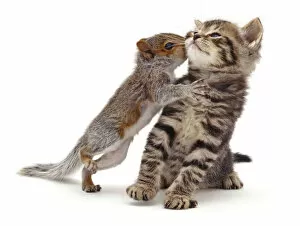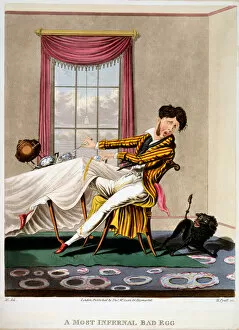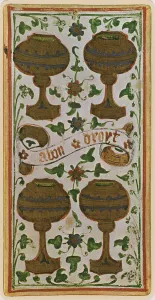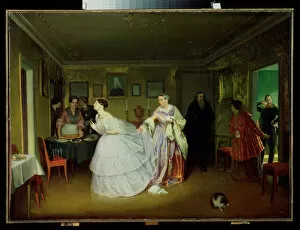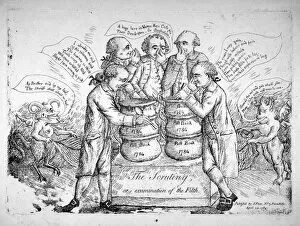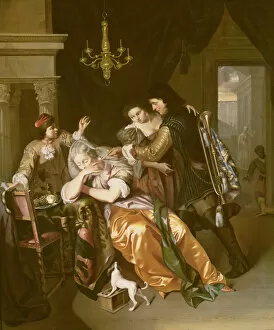Revulsion Collection
Revulsion: A Feast for the Senses and the Soul
All Professionally Made to Order for Quick Shipping
Revulsion: A Feast for the Senses and the Soul, or How Disgusting Images Can Delight the Mind Behold the unexpected union of a baby grey squirrel (Sciurus carolinensis) and a tabby kitten in a tender, albeit bizarre, kiss. This scene, while charmingly cute, may evoke a sense for some. Yet, it pales in comparison to the grotesque images found in Boccaccio's The Decameron, such as Ms Fr 226: The Use of Leeches. The 19th-century print, A Most Infernal Bad Egg by H Pyall, adds to our revulsion, with its vivid depiction of a rotten egg spewing forth its fetid contents. The Four of Cups tarot card, with its melancholic figure, may leave us feeling emotionally repulsed. Dinners Drest in the Neatest Manner, a satirical cartoon, exposes the unsanitary conditions of 18th-century dining, causing a visceral reaction. Contrast this with the elegant scene of The Majors Marriage Proposal, where the proposal itself might elicit feelings of revulsion, depending on one's perspective. The jester and the young woman, an etching from 1520, may leave us feeling morally repulsed, as the jester's intentions are unclear. Lastly, The Scrutiny, or Examination of the Filth, a 1784 engraving, invites us to confront our deepest fears and revulsions, forcing us to consider the beauty in the grotesque. Through these images, we explore the complexities of revulsion, discovering that it is not always a negative emotion, but rather a vital component of our emotional and intellectual growth.


